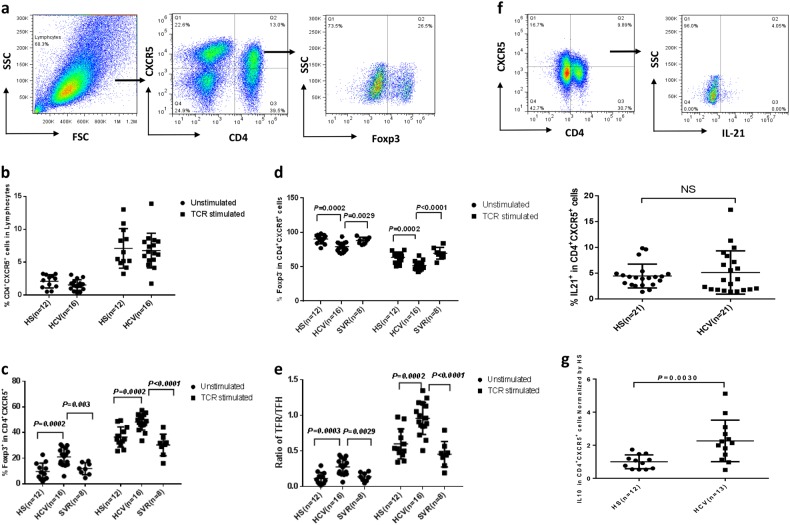Fig. 1. Phenotypic and functional characterization of TFR and TFH cells in HCV patients.
a Representative dot plots analysis of TFR and TFH cells by flow cytometry. PBMCs were first gated on lymphocytes, and then T follicular cells (CD4+CXCR5+), followed by gating the Foxp3 marker to differentiate TFR (CD4+CXCR5+Foxp3+) and TFH (CD4+CXCR5+Foxp3−) cells, respectively. The values in the quadrants indicate the percentages of the related subsets. b Summary data for the percentage of T follicular cell (CD4+CXCR5+) frequencies in HS (n = 12) versus chronically HCV-infected patients (n = 16), in both unstimulated and TCR-stimulated conditions. c Summary data for the percentage of Foxp3+ cells in CD4+CXCR5+ cells in HS (n = 12) versus HCV-infected patients (n = 16) versus DAA-treated HCV subjects with SVR (n = 8) in freshly isolated and TCR-stimulated PBMCs. d Summary data for the percentage of Foxp3− cells in CD4+CXCR5+ cells in HS versus HCV-infected patients versus DAA-treated subjects with SVR in freshly isolated and TCR-stimulated PBMCs. e The ratio of TFR/TFH cells in HS versus HCV versus SVR in freshly isolated and TCR-stimulated PBMCs. f Representative dot plots and summary data for IL-21 expression in CD4+CXCR5+ T follicular cells. g Pooled data of IL-10 expression in CD4+CXCR5+ T follicular cells from HCV patients (n = 13) normalized by HS (n = 12). Each symbol represents an individual subject, and the horizontal bars represent median with interquartile. P value with significant difference is shown in each panel; NS no significance

